Quality Assurance
Our commitment to create the highest quality standards in rice products is one we take very seriously at Shikhar Foods. From our skilled workers in the rice fields who pick only the freshest, most properly matured rice paddies, to our millers who take careful and measured steps freeing our rice from any dirt residue, weeds, or stone impurities, to our manufacturing and laboratory facilities that painstakingly work to certify that only the most intact, clean, moist, white, and pure rice hulls make their way through our process, this rigorous system of checks and balances is part of our quality assurance commitment that goes far and beyond any industry standards. We achieved this through:
- Our skilled and practiced team of loyal workers
- Our cutting-edge, leading milling and manufacturing technologies
- Highly accurate and detailed testing conducted by our own state-of-the-art laboratory facility
- Our extensive food and safety regulatory standards that far and away outperform any current industry standards
Our standards of quality assurance are something we’ve built our company reputation around, and part of what makes our family-owned business one of the foremost, industry-leading rice manufacturers in the world today. This reputation is one we take great pride in, a reputation we’ve spent the past five decades building. We go out of our way to make sure our Quality Assurance commitment to customers is at the forefront of our practices each and every day.
Our Manufacturing Process
We produce our rice using an established manufacturing process that utilizes an advanced automated technology system. Below is a chart that indicates the manufacturing flow that our system undertakes:

Quality Control Testing
Shikhar Foods is equipped with established process controls and inspections at every stage. This ensures customers are provided with a consistent, high quality of rice. We use the following equipment in our Laboratory to ensure this consistency.
GRAIN CRACK INSPECTOR

Used for ensuring rice quality, the grain crack inspector determines the extent and percentage of damage present in grain samples. Once grains are placed on the grain crack inspector plate, 50 short grains are inspected at a time by adjusting light produced by the inspecting mirror. The percentage of cracked grains is then quickly and simply determined. This can be used in place of a sample pan.
MILLING METER
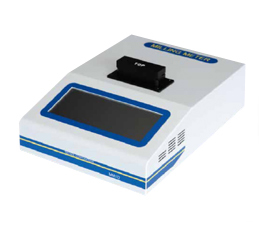
Whiteness, transparency and milling degree are displayed in digital form by measuring the amount of reflected and transmitted light from the sample grain. This is a more accurate way of measuring whiteness levels.
GRAIN SHAPE TESTER
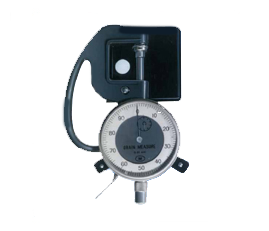
This tester is used to measure the grain length or thickness in the laboratory.
RIGIDITY TESTER

Grain rigidity has a close relationship with quality. Grains with high moisture content, or chalky grains, shows less rigidity. As a consequence, milling recovery is less achievable. This equipment is used to test the rigidity of each grain.
MOISTURE METER
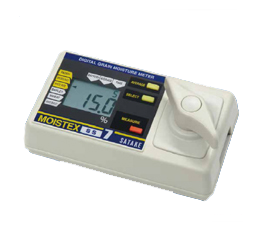
This equipment is used to measure moisture levels in the rice. This automatic temperature calibration device eliminates troublesome corrections and works for both ambient and grain temperatures. After filling the moisture meter cup with sample grains (20-180g depending on the product), a microcomputer digitally displays the average value of measurement for moisture content in the rice.
COLOR METER
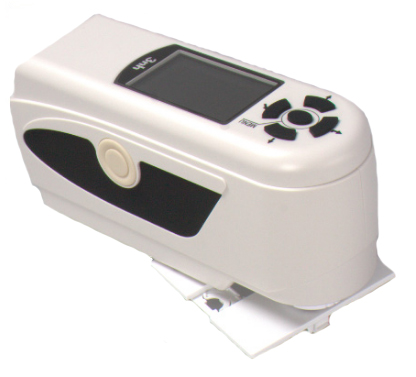
This color meter is used for polishing and to measure the whiteness of our rice. It not only can help perform color matching and color management studies, it can also control product quality management.
Freshness Test
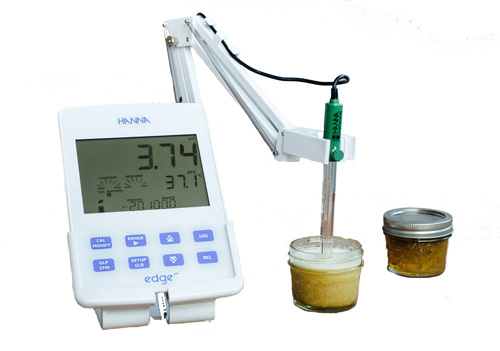
To ensure the freshness of our rice, we use a PH testing method that follows any reaction given by the indicator solvent measuring grain freshness.
Purity Test

An Iodine solution is dropped into the rice to measure glycolysis levels that determine rice coloration.
Sensory Test

The sensory test involves observing the levels of fluffiness and softness in rice grain textures. Taste and scent are also measured after cooking to quantify the rice’s overall sensory strength.
Appearance
Smell
Volume
Taste
Softness
